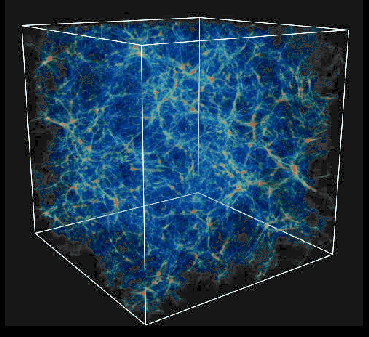A computer simulation depicting a large chunk of our universe
G. L. Bryan, M. L. Norman, UIUC, NCSA, GC3
Related links:
A Matter of Scale - interactive showing the sizes of things, from very tiny to huge - from NSF
The Cosmos
Cosmology is the study of the overall structure of the universe. And just what is the Universe? Quite simply, it is everything that exists. However, from Earth we cannot observe everything in the Universe. Some things are dark (brown dwarf stars, planets, and Dark Matter) and we cannot see them. Additionally there are parts of the universe whose light has not yet reached us in this part of the Universe. The observable universe is the Universe that reveals itself through electromagnetic radiation that can be detected on Earth. And because that radiation travels at a finite speed we actually
look back in time when we look into the cosmos.
Astronomers observe some rather interesting and perplexing structure in the Current Universe. That structure can tell us much about the History of the Universe. It can also tell us what we can expect for the Future of the Universe and beyond...
You might also be interested in:
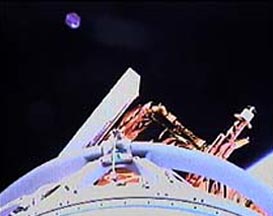
NASA launched its newest satellite on June 24, 1999 from Cape Canaveral.The Far Ultraviolet Spectroscopic Explorer (FUSE) began its mission aboard the new Delta II rocket, which helped get the satellite
...more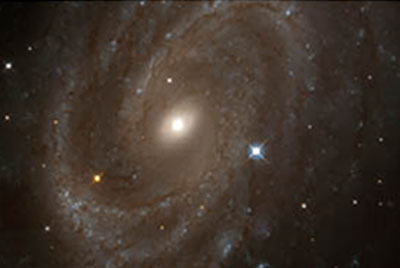
After eight long years, the Hubble Space Telescope Key Project Team finally revealed what they believe is the real Hubble Constant. The Hubble Constant is the speed which the Universe is expanding at.
...more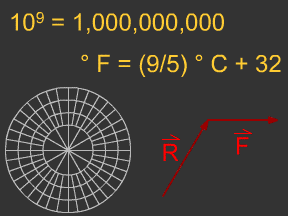
Some concepts are used in many different fields of science and serve as a general purpose "toolbox" that helps us understand and manipulate ideas across disciplines. These "tools for math and science"
...more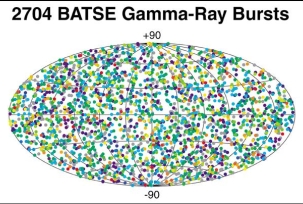
In the 1960's, the United States launched a series of satellites to look for very high energy photons, called Gamma Rays, that are produced whenever a nuclear bomb explodes. These satellites soon detected
...more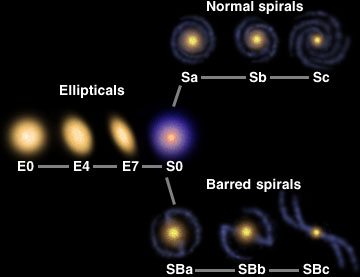
The introduction of telescopes to the study of astronomy opened up the universe, but it took some time for astronomers to realize how vast the universe could be. Telescopes revealed that our night sky
...more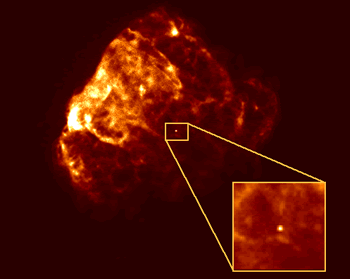
Neutron Stars are the end point of a massive star's life. When a really massive star runs out of nuclear fuel in its core the core begins to collapse under gravity. When the core collapses the entire star
...more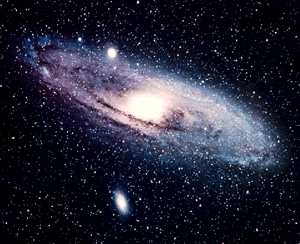
Spiral galaxies may remind you of pinwheels turning slowly as though in some intergalactic breeze. They are rotating disks of gas, dust and stars. Through a telescope or binoculars, the bright nucleus
...more
